
Salvatore Achille Ettore Lima was an Italian politician from Sicily who was associated with, and murdered by, the Sicilian Mafia. He is often just referred to as Salvo Lima. According to the pentito Tommaso Buscetta, Lima's father, Vincenzo Lima, was a member of the Mafia but is not known whether Lima himself was a "made member" of Cosa Nostra. In the final report of the first Italian Antimafia Commission (1963–1976), Lima was described as one of the pillars of Mafia power in Palermo.
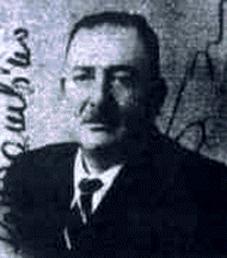
Michele Navarra was an Italian member of the Sicilian Mafia. He was a qualified physician and headed the Mafia family from the town of Corleone in Sicily. He was known as 'u patri nostru.

The Maxi Trial was a criminal trial against the Sicilian Mafia that took place in Palermo, Sicily. The trial lasted from 10 February 1986 to 30 January 1992, and was held in a bunker-style courthouse specially constructed for this purpose inside the walls of the Ucciardone prison.

Michele Greco was a member of the Sicilian Mafia and a convicted murderer. Greco died in prison while serving multiple life sentences. His nickname was Il Papa due to his ability to mediate between different Mafia families. Greco was the head of the Sicilian Mafia Commission.
Salvatore "Ciaschiteddu" Greco was a powerful mafioso and boss of the Sicilian Mafia Family in Ciaculli, an outlying suburb of Palermo famous for its citrus fruit groves, where he was born. His nickname was "Ciaschiteddu" or "Cicchiteddu", translated from the Sicilian alternatively as "little bird" or as "wine jug".

Piersanti Mattarella was an Italian politician. He was assassinated by the Mafia while he held the position of President of the Regional Government of Sicily. He was the brother of Sergio Mattarella, who has been the President of Italy since February 2015.
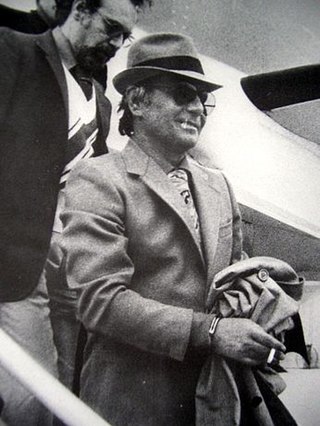
Angelo La Barbera was a powerful member of the Sicilian Mafia. Together with his brother Salvatore La Barbera he ruled the Mafia family of Palermo Centro. Salvatore La Barbera sat on the first Sicilian Mafia Commission that was set up in 1958 as the capo mandamento for Mafia families of Borgo Vecchio, Porta Nuova and Palermo Centro.

Salvatore Contorno, called Totuccio, is a former member of the Sicilian Mafia who turned into a state witness (pentito) against Cosa Nostra in October 1984, following the example of Tommaso Buscetta. He gave detailed accounts of the inner-workings of the Sicilian Mafia. His testimonies were crucial in the Maxi Trial against the Sicilian Mafia in Palermo and the Pizza Connection trial in New York City in the mid 1980s.

Michele Cavataio, also known as Il cobra was an Italian mobster and powerful member of the Sicilian Mafia. He was the boss of the Acquasanta mandamento in Palermo and was a member of the first Sicilian Mafia Commission. Some sources spell his surname as Cavatajo.
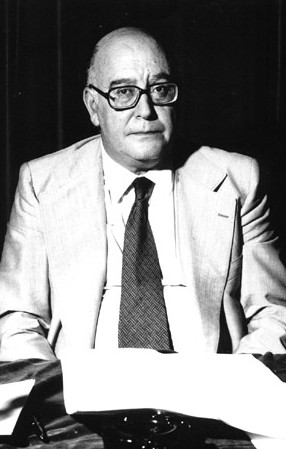
Cesare Terranova was an Italian judge and politician from Sicily notable for his anti-Mafia stance. From 1958 until 1971 Terranova was an examining magistrate at the Palermo prosecuting office. He was one of the first to seriously investigate the Mafia and the financial operations of Cosa Nostra. He was killed by the Mafia in 1979. Cesare Terranova can be considered the predecessor of the magistrates Giovanni Falcone and Paolo Borsellino who were also killed by the Mafia in 1992.
Calcedonio Di Pisa, also known as Doruccio, was a member of the Sicilian Mafia. He was the boss of the Mafia family in the Noce neighbourhood in Palermo and sat on the first Sicilian Mafia Commission, the coordinating body of Cosa Nostra in Sicily.
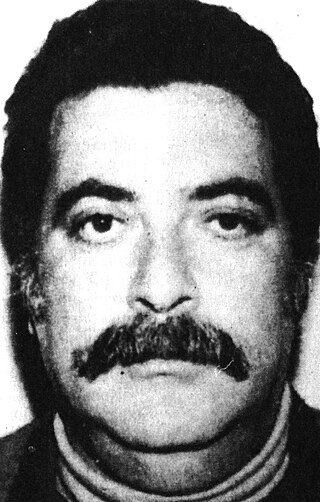
Antonino Calderone was a Sicilian Mafioso who turned state witness (pentito) in 1987 after his arrest in 1986.
Salvatore Greco also known as "l'ingegnere" or "Totò il lungo" was a powerful member of the Sicilian Mafia born in Ciaculli. He was the son of Pietro Greco, who was killed during a bloody internal feud between the factions of the Greco Mafia clan in Ciaculli and Croceverde Giardini in 1946. His cousin Salvatore Greco "Ciaschiteddu" was the first ‘secretary’ of the Sicilian Mafia Commission.
Antonio Cottone was a member of the Sicilian Mafia in his hometown Villabate in the province of Palermo, Sicily. He was known as 'U Patre Nostru due to his alleged generosity. The Cottone clan was a historical Mafia family. They were mentioned in 1937 as the Mafia bosses of Villabate by Melchiorre Allegra, a mafioso physician who became an informant when he was arrested.
Baldassare Di Maggio, also known as Balduccio, was a member of the Mafia, who became a government witness. He helped the police to capture the head of Cosa Nostra, Totò Riina, and claimed that Riina respectfully kissed three-time prime minister Giulio Andreotti when they met in 1987.
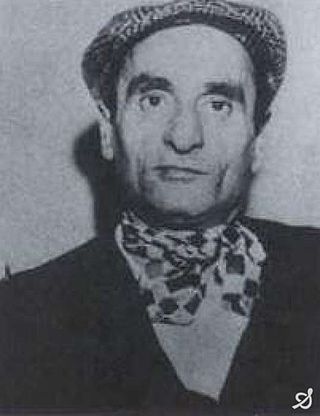
Pietro Torretta was a member of the Sicilian Mafia. He was the boss of the Mafia family in the Uditore district in Palermo and one of the protagonists in the First Mafia War. He was initially considered to be the man behind the Ciaculli massacre.
Calogero Bagarella was an Italian criminal and member of the Sicilian Mafia. He was from the town of Corleone and belonged to the Mafia clan of Corleonesi.

The Viale Lazio massacre on 10 December 1969 was a settling of accounts in the Sicilian Mafia. Mafia boss Michele Cavataio and three men were killed in the Viale Lazio in Palermo, Sicily, by a Mafia hit squad. The bloodbath marked the end of a pax mafiosa that had reigned since the Ciaculli massacre until the end of the Trial of the 114 against Cosa Nostra.
The Antimafia Pool was a group of investigating magistrates at the Prosecuting Office of Palermo (Sicily) who closely worked together sharing information and developing new investigative and prosecutorial strategies against the Sicilian Mafia. An informal pool had been created by Judge Rocco Chinnici in the early 1980s following the example of anti-terrorism judges in Northern Italy in the 1970s.
The Ciaculli massacre on 30 June 1963 was caused by a car bomb that exploded in Ciaculli, an outlying suburb of Palermo, killing seven police and military officers sent to defuse it after an anonymous phone call. The bomb was intended for Salvatore "Ciaschiteddu" Greco, head of the Sicilian Mafia Commission and the boss of the Ciaculli Mafia family. Mafia boss Pietro Torretta was considered to be the man behind the bomb attack.













